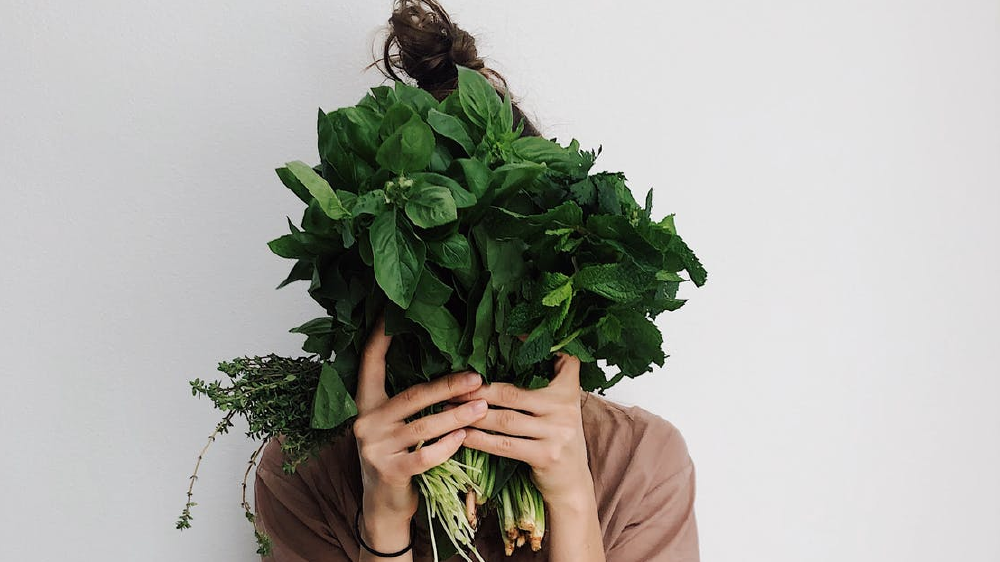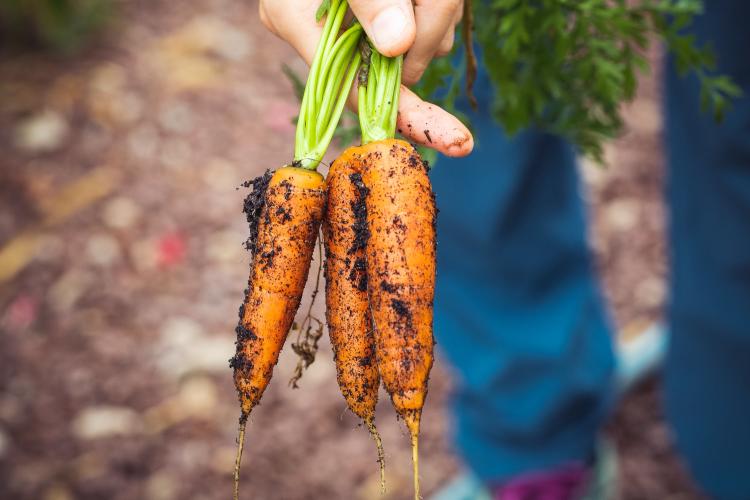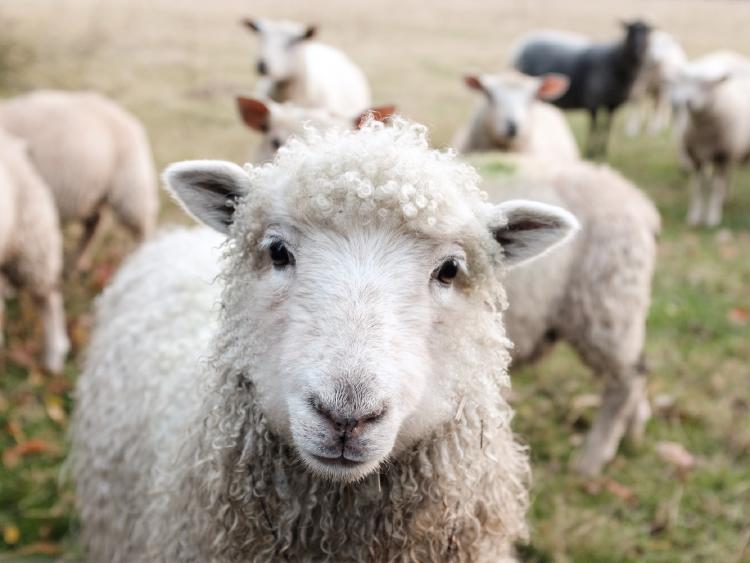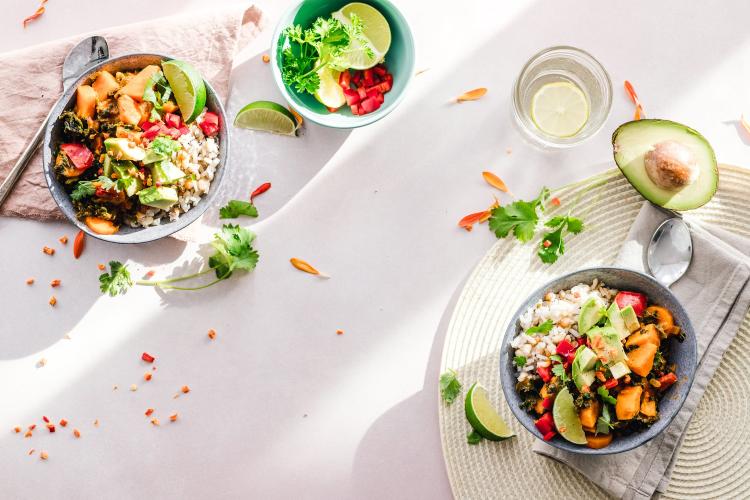
If you are thinking to go vegan, there are a few things you need to know, especially if you're a beginner. So lets start talking about what is veganism and where does it come from and learn How to Go Vegan with no Setbacks, Especially for Beginners!
Basically, veganism is a way of living that seeks to exclude all forms of animal exploitation, and cruelty towards them. This includes using animals for food, clothing, and whatever other purposes. And by extension, this philosophy promotes the development of animal-free alternatives that in the end benefit not only animals but also humans and the environment. There are multiple ways that you can adopt a vegan life. But one of the biggest branches of veganism it's the diet. So let's start there.

The vegan dietary aspect is a plant-based diet, and it avoids all animal foods, from meat, fish, shellfish, and insects to dairy, honey, and eggs. So they avoid absolutely everything derived from animals.
But hold up. We have vegan options for most of these foods. So don't worry, you won't miss any of them.
Meat production and other animal products take a huge place in environmental conservancy (and its destruction). It's not only about preserving animal lives, everything around animal-based production has an impact on the environment. From crops and water needed to feed and grow animals, to transportation and various processes that are required from farm to table. The amount of water to grow animals in an industrial's system is crazy and is proven it's a significant contributor to deforestation and in consequence to climate change, habitat loss, and species extinction.
So to go vegan is a way for you to take part on climate conservancy actions. Although this sounds hard and impossible, you should know it is doable.

A key to succeeding at going vegan is taking it to step by step. We cannot pretend to completely change our lifestyle overnight. Some people do it but it's not for everyone. To go vegan takes some time and effort. So, we need to be patient and trust the process. And keep in mind it is a process. So before you jump into this let's review the basics to go vegan.
Start small. This means, making little changes is a more sustainable way for you to transition to full vegan. So try to make meal changes by incorporating more plant-based products. Let's break it down into what you eat every day.
For breakfast instead of having a latte made with cow's milk, you can implement plant-based milk like soy or almond. Craving some pancakes? Check this post: Vegan Desserts and Sweet Treats: Easy DIY Recipes
If you are having a sandwich for lunch, instead of using ham and cheese fill it up with veggies. You can have a Mediterranean-style sandwich just by using eggplant, basil, and tomato. Add some olive oil and balsamic vinegar to top it. Yum!
Who doesn't love snacks? 'cause I do. So what about a fruit salad? So refreshing and filled with vitamins. If you are craving something junkier, some potato chips work just fine. Go vegan by having stovetop popcorn during movie night!
It's time for dinner, and you are craving for Italian food? Check out these Vegan Pasta Recipes: Five Recipes You Must Learn to Impress. Find a few different quick and easy vegan meals that you enjoy and prepare them often.
It's all about taking a little time to think about what else can you eat. And learn and explore what are your options. Take a look to this article: Vegan Recipes For Beginners. An Easy and Complete Guide.
There is a lot of talk on how a vegan diet doesn't have enough protein for being healthy. That doesn't have t be true. It is very important for you before transitioning to full veganism to get to know how food works, meaning how to eat healthy while being vegan.
It is vital to make sure you are not missing out on the essential nutrients in your diet. For that maybe is a good idea for you to consult with a dietitian. But if that is not an option you can visit nutrition pages where you can find valuable information on how to get it right.
Don't hesitate to ask for help. There is a huge community of vegans on and offline where you can ask for advice. Reach out!

To go vegan is a food discovery experience. You will find yourself trying things you even never knew existed. Being vegan is about discovering life outside animal-based consumption. So, it is also a learning experience. Keep in mind there is a learning curve so don't be harsh on yourself, just keep going!
Instead of focusing on what you can't eat, focus on what you can. There are a million recipes you can try to mix it up. Take this opportunity to expand your palate. Try things like tofu, tempeh, seitan, coconut yogurts, and seeds. There are great variations for any recipe using plant-based options.
And as tempting as it is to try all the vegan junk food there is try to focus on whole foods. These are simple and nutritious.
Travel the world in your own kitchen, Indian, Chinese, Korean, Japanese, and Thai recipes are known for using plant-based ingredients. So take a tour.
To go vegan, you need to figure out what works best for you to be successful. There are a lot of ways to go vegan. The important thing is that you find the way that fits you, your lifestyle, and your possibilities. Let's talk about a few ways you can make your transition.
Go vegetarian first. Get comfortable removing all meats from your diet. Make an effort not to increase your egg and dairy consumption to take the place of meat. Instead, try to implement plant-based sources of protein like beans, tofu, and seitan.
Another helpful tip while making the transition is to start reading the ingredients of processed foods. Instead of buying any potato chips, read the label first and make sure they are not made with animal fat. Keep an eye on gelatin, rennet, and other animal products. These small changes will make it easier for you to get used to not consuming animal-based products and eventually go vegan.
Add more to your diet. Incorporate beans, whole grains, and legumes, nuts, tofu, and seeds into your diet. This way you are going to slowly get used to eating them. And once you feel good and these habits feel more natural, you can start cutting dairy and eggs from your diet. You´ll be so busy trying new things that you won't even miss them.

Slowly remove animal meats and products from your diet while simultaneously incorporating more plant-based foods.
Now is time to pay special attention to ingredients lists on the food you buy.
And talking about organization, what is more, important than having everything you need at home. So let's see what needs to be on your grocery shopping list.
Most of the regular supermarkets are loaded with vegan food. So don't worry, you don't need to change your grocery spot for most of the items you need.
Now let's see what complements this grocery list. Maybe you will need to go to a specialty store or get some of these online.
Don´t forget to include some treats!

A nice idea for a get-together with friends is to go vegan grill. Therefore, instead of filling up your grill with meats, throw some veggies in there. You can get meat-free hamburgers and that is a guarantee hit with the kids!
Making different recipes vegan is not that hard. You just need to open your mind to new alternatives. Instead of eggs for a cake, you can use chia seeds or chickpea water. That will help you to have a protein full and tasty dessert.
Remember to focus on what you can eat instead of what you can. For you to start trying new things, find the perfect vegan restaurants near you and give it a go!
You may be interested at: Vegan Skincare: Everything you Need to Know About it